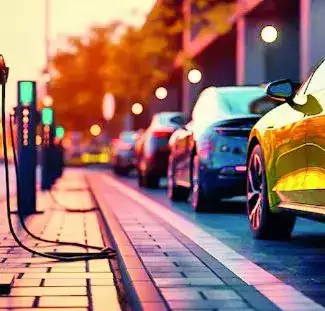
Hybrids run on electricity generated by burning fossil fuels. This situation will not change as we move up the hybrid technology tree. EVs, too, run on electricity produced in India principally from fossil fuels. However, transition to renewables makes EVs progressively less polluting. At some point in the future, EVs will be far cleaner than hybrids. So, do the two categories deserve the same fiscal encouragement?
The lower cost of operating an EV is offset by its sticker price and convenience in charging. Additionally, its accelerated depreciation as energy generation and storage tech won't level out against internal combustion engines (ICE) on all three parameters. Tax breaks for hybrids could risk slowing the energy transition.
However, there might be immediate gains in emissions. A car owner who pays half as much in his hybrid to get from home to the office is unlikely to revert to a gasoline engine. His next purchase would probably be an EV that gets him there, at a tenth of the cost. This first shift is already evident in sales of hybrids. The second shift is governed by the competing ecosystems of fuel-burning and battery-operated cars. The fork in the road is real.
Disclaimer: The copyright of this article belongs to the original author. Reposting this article is solely for the purpose of information dissemination and does not constitute any investment advice. If there is any infringement, please contact us immediately. We will make corrections or deletions as necessary. Thank you.





